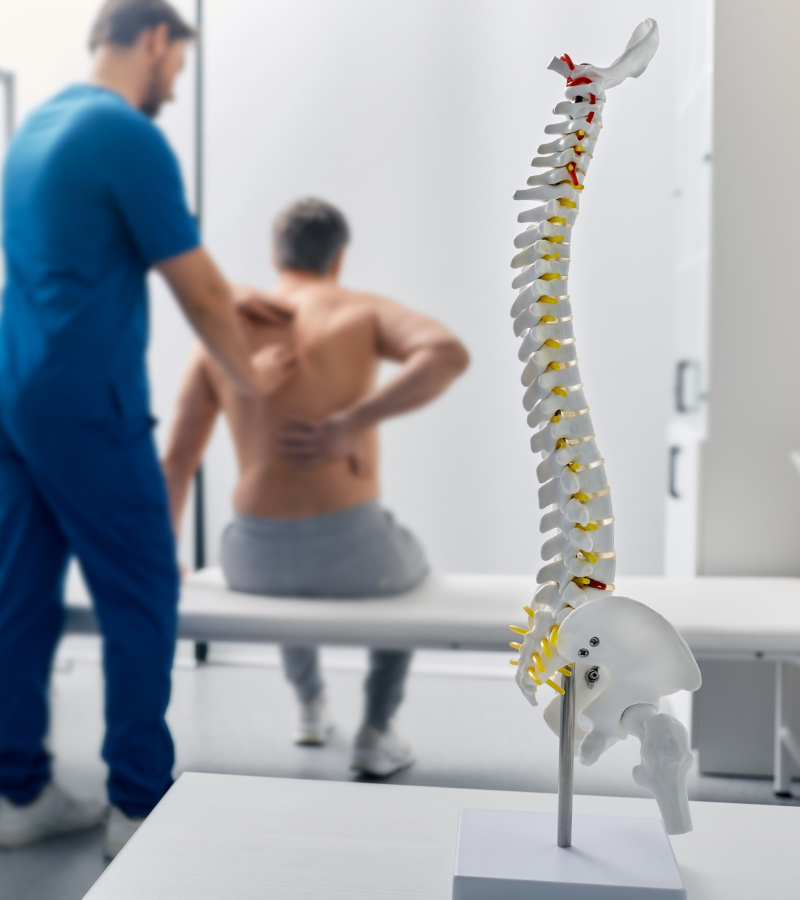Amnion Therapy Specialist
in Texas


Kyphoplasty
If you experience a vertebral compression fracture, a minimally invasive procedure like kyphoplasty can relieve the pain and improve your mobility. At Trident Pain Management, pain management specialist Naumit Bhandari, MD, and the team boast years of training and expertise performing kyphoplasties.
To make an appointment at the practice in San Antonio, Shavano Park, Texas, call the office today or request one online.
Frequently Asked Questions
About
Kyphoplasty
What is kyphoplasty?
Kyphoplasty is a minimally invasive procedure that treats fractures of the spinal vertebrae. These fractures can occur for various reasons, including osteoporosis, car accidents, or sports injuries.
Aside from relieving pain and encouraging mobility, kyphoplasty tries to restore your height. The procedure involves your Trident Pain Management provider inflating a small balloon in your vertebrae to create space and restore your spinal health.
Who can benefit from kyphoplasty?
At Trident Pain Management, the team uses kyphoplasty to treat vertebral compression fractures (VCFs). These injuries occur when one or more of the vertebrae in your spine collapses, causing extreme pain and a loss of height.
Anyone can experience a VCF, but they’re especially common in older people with osteoporosis, a disease that causes your bones to become weak. Often, VCFs heal on their own without specialized treatment. However, if your symptoms are severe or they interfere with your quality of life, kyphoplasty may be necessary.
What does kyphoplasty involve?
At Trident Pain Management, the team performs kyphoplasty on an outpatient basis. Following the procedure, you’ll be under anesthesia, so it’s important to have a friend or family member available to drive you home.
On the day of your procedure, you change into a hospital gown and the team moves you to an operating suite. Your surgeon administers local or general anesthesia (depending on your health history and needs).
When the anesthesia sets in, your surgeon inserts a thin needle through your skin and into the affected vertebrae. Next, they place a special tool called a balloon tamp through the needle and into your vertebrae. Your surgeon carefully inflates the balloon, restoring the vertebra to its near-original size and height.
Afterward, your surgeon deflates the balloon and fills the cavity with acrylic bone cement. The cement hardens quickly, preventing your vertebrae from collapsing again.
What is recovery like after kyphoplasty?
Following kyphoplasty, it’s normal to experience some mild swelling or discomfort at the site where your surgeon inserted the needle. Still, you should be able to return to work and other routine activities within a few days. To ensure a speedy recovery, follow the team’s instructions and make sure to attend each of your follow-up appointments.
To see if you’re a candidate for kyphoplasty, make an appointment at Trident Pain Management by calling the office today, or requesting one online.
